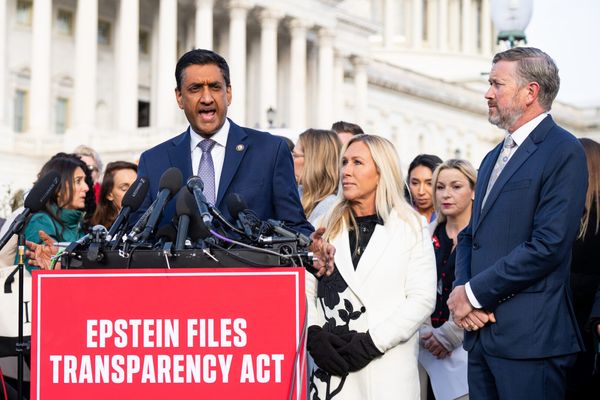
When it comes to personal safety and mental well-being, one uncomfortable truth continues to surface: men are significantly less likely than women to report threats, harassment, or abuse. Whether it’s threats in the workplace, domestic violence at home, or cyberbullying online, many men remain silent — often at their own expense. The reasons for this silence are rooted in deep societal norms and psychological conditioning, shaped by years of culture, expectations, and misinformation about masculinity.
Yet as the world slowly becomes more aware of emotional health and trauma, it’s becoming clear that silence can no longer be the norm. If society is serious about safety, justice, and equality, then this gap in reporting must be addressed.
1. The Stigma of Vulnerability
For generations, men have been conditioned to equate strength with silence. From a young age, boys are told to “toughen up,” “be a man,” or “stop crying” — phrases that subtly and persistently teach them that showing vulnerability is a weakness. This learned behavior doesn’t just affect emotional expression; it creates a mental barrier when men face real threats. Rather than risk being seen as weak or incapable, many choose to say nothing. The result is a growing number of men suffering in silence, not because they aren’t threatened, but because they’ve been taught not to speak up.
2. Fear of Not Being Believed
Men who do report threats, especially in cases involving emotional abuse, harassment, or stalking, often encounter skepticism. There’s a widespread assumption that men are physically and emotionally tougher, which makes it harder for them to be seen as victims. When a man says he’s afraid, people often assume he’s exaggerating or misreading the situation. That disbelief can be humiliating and discouraging, further reinforcing the idea that reporting isn’t worth it. This societal reaction plays a powerful role in silencing male victims before they even open their mouths.
3. Legal and Institutional Gaps
Unfortunately, the systems designed to protect people sometimes fail to take male victims seriously. Police reports, legal procedures, and workplace policies often have implicit biases that assume women are more likely to be victims. When men try to seek help, they’re sometimes dismissed, redirected, or even laughed at — experiences that can be deeply traumatic. This institutional failure reinforces the idea that their safety concerns don’t matter or won’t be acted upon. Without clear pathways for male victims to report threats and be taken seriously, many simply give up trying.
4. Toxic Masculinity and Peer Pressure
One of the most damaging forces keeping men silent is toxic masculinity. This cultural expectation insists that a “real man” should be stoic, dominant, and unaffected by fear or harm. Men often feel pressure from peers to laugh off threats or play down situations that make them feel unsafe. Admitting fear or reporting danger can be seen as embarrassing, even disloyal to a masculine ideal. This peer-enforced pressure creates a dangerous cycle where threats go unreported and the trauma is internalized instead of addressed.

5. Mental Health Consequences
Remaining silent about threats doesn’t just put men in physical danger — it can have devastating effects on their mental health. Repressing fear or trauma often leads to anxiety, depression, and in some cases, substance abuse or suicidal thoughts. The weight of feeling unsafe while pretending to be fine can eat away at a person’s well-being over time. Without access to emotional support or validation, men are left to process their pain alone. That isolation only compounds the damage, making it harder for them to reach out even when they finally want to.
6. The Role of Media and Pop Culture
Media portrayal of men rarely leaves space for vulnerability or fear. Action heroes, male protagonists, and even everyday characters are often written as emotionally invincible, reinforcing the idea that men shouldn’t show weakness. When male characters do experience threats, they often respond with violence or stoic endurance, not emotional honesty or help-seeking behavior. This subtle messaging shapes how real men think they’re supposed to react in threatening situations. As long as pop culture glorifies emotional suppression, the stigma around reporting threats will continue.
7. Changing the Narrative Around Masculinity
One of the most powerful ways to combat this silence is to redefine what masculinity means. Strength can and should include emotional intelligence, openness, and the courage to ask for help when needed. Communities, educators, and public figures can all play a role in challenging outdated norms and modeling healthier behavior. When young boys grow up seeing male role models talk openly about fear, vulnerability, and reporting threats, they’ll be more likely to do the same. The more society normalizes this behavior, the more lives it could potentially save.
8. Creating Safer Spaces for Reporting
Men need to know they can come forward without judgment, ridicule, or disbelief. Workplaces, schools, and public institutions should provide clear, supportive channels where all victims feel welcome and respected. Gender-inclusive policies that acknowledge male vulnerability will go a long way in building trust. Training staff and law enforcement to recognize and respond to male victims with the same seriousness as any other case is crucial. Safe spaces aren’t just physical — they’re emotional and cultural, too.
9. Listening to Male Voices
If the world is going to shift toward equity in safety and well-being, it has to start by listening. Men who’ve experienced threats often carry deep emotional scars, especially when they were ignored or mocked for speaking out. Creating forums where men can share their stories without fear of shame is essential. This validation can be healing not just for individuals, but for communities at large. Real change begins when people stop minimizing male fear and start hearing it with compassion and respect.
10. Breaking the Cycle
The silence surrounding male victimhood doesn’t just hurt individuals — it perpetuates a dangerous cultural cycle. Boys grow into men without ever learning how to ask for help or trust authority figures with their safety concerns. They then raise new generations with the same fears and limitations. Breaking that cycle means interrupting it at every level: in homes, schools, media, workplaces, and law enforcement. It’s not just about protecting men — it’s about building a society where everyone feels safe enough to speak up.
Let’s Talk About It
The world is full of dangers, both physical and emotional, and the ability to speak up about them shouldn’t be dictated by gender. Men deserve the same access to safety, empathy, and justice as anyone else. The stigma surrounding male vulnerability is outdated, harmful, and no longer acceptable.
Change won’t happen overnight, but it starts with a conversation — one that includes male voices, validates male fear, and encourages male courage in the face of threat. If this article resonated with you, consider sharing your thoughts or experience in the comments below — because silence has never protected anyone.
Read More
Why Do So Many Men Avoid Fixing Things at Home
When Men Feel Deeply, Society Shuts Them Down
The post Why Men Are Less Likely to Report Threats — And Why That Needs to Change appeared first on Everybody Loves Your Money.







